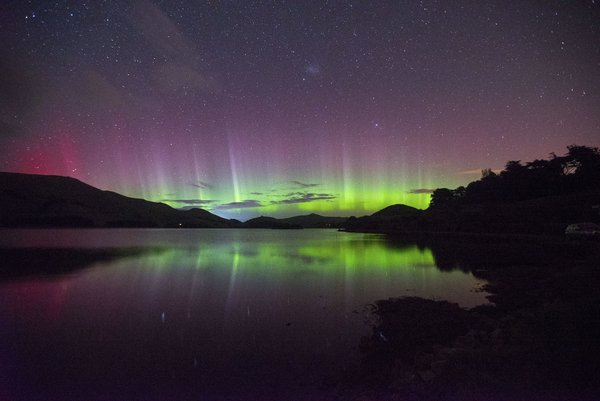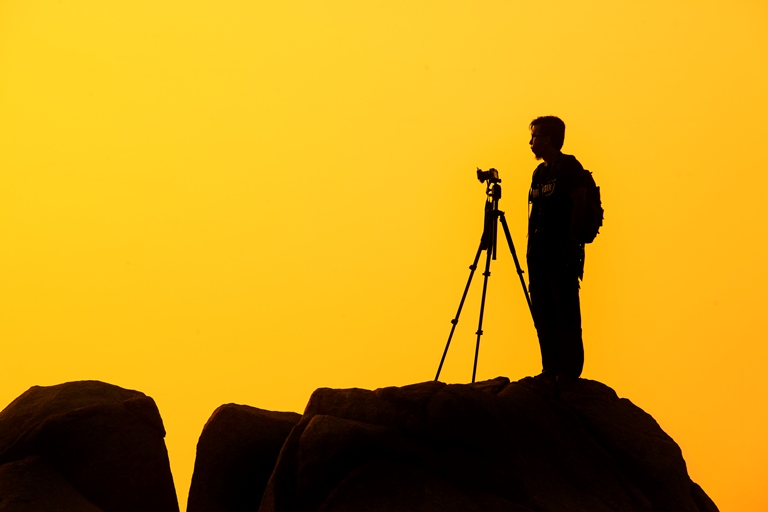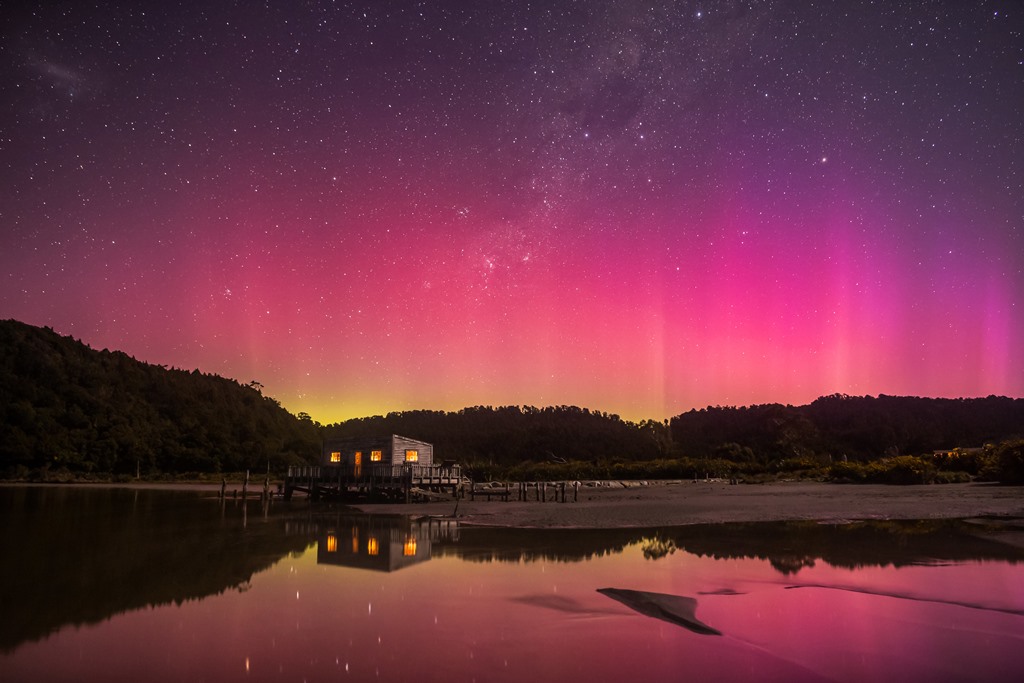All you need to know about the Southern Lights – the Aurora Australis
We all might have heard of Northern Lights, the Aurora Borealis and is also in our bucket list of many night sky watchers around the world.
While the Northern Lights, the Aurora Borealis, is know there is something similar known as Southern Lights- the Aurora Australis are no less spectacular.
Dr Ian Griffin’s, astronomer during his four years stay in Dunedin, New Zealand; he has seen the Southern Lights – the Aurora Australis – over 150 times. Yes, he has a professional interest in the night sky, but he has also become addicted to the spectacular natural phenomenon which takes place 10 minutes from his front-door.
He says “I have seen the Northern Lights and they are wonderful because they are directly overhead, but to me, personally, I find the Southern Lights a more subtle and beautiful aurora.” He is also surprised that people living here don’t know about Southern Lights.
Griffin gives some of the reasons and when to see Southern Lights- the Aurora Australis.
The reason for Southern Lights
The Aurora Australis is caused by electrically charged particles from the sun getting trapped in the Earth’s magnetic atmosphere, causing an enchanting light show that many observers have described as life-changing.
The best time to see Southern Lights
Statistically, the best time of year to view the Southern Lights is around the equinoxes of March and September, though June and July are also good months as the sky is darkest then, making any aurora activity easier and more dramatic to observe.
Planning for the trip
It is important to maximise your chances of seeing the aurora by planning your viewing around the phases of the moon, the last quarter and first quarter moons being the best times, as they emit the least light.
Get Updates from
Websites such as spaceweather.com and Facebook group Dunedin Aurora Hunters and Aurora Australis provide up-to-date information and tips on where best to view the southern lights, with users posting images in real-time.

Details for viewing for Southern Lights in New Zealand
- Your aim must be to reach your viewing spot an hour after sunset.
- The lights “perform” in different ways throughout the night, so stay as long as you can to view them in their spectacular and unexpected diversity.
- Consider staying at accomodation on Otago Peninsula to maximise your chances of seeing the Southern Lights.
- Hoopers and Papanui Inlet are quite remote and a little rugged, so drive carefully (the roads are narrow and unsealed),
- Anywhere on the coastal road south of Brighton is also good, as is Tunnel Beach (10 minutes from the CBD), and the carpark at Sandfly Bay (20 minutes from the CBD).





Things to carry
Take a torch, very warm clothing, and consider fluoro jackets or reflector patches. Take a deck-chair, blanket or snuggly sleeping bag.
If you get addicted to the night sky, or have to wait a while for it to show, you may be out in the elements for hours. If you are visiting Dunedin on a Sunday, the local astronomical society opens the Beverley-Begg Observatory to the public from 7.30pm for $5. The lights can occasionally be viewed from Christchurch, Wellington and even Auckland. But basically the further south you travel, the better they get.
For Photographers
Mikey Mackinven, astrophotographer, who is chasing the Southern Lights has lost him a lot of sleep and quickly turned into an “obsession.”
“It’s much more a thrill than you’d expect,” says Mackinven. “I first saw the lights in August 2014 and after getting that first shot, the buzz hangs around for days.”

He advises keen photographers to
- Get to their designated position early to allow their eyes to adjust to the darkness (it takes about 15-20 minutes for the pupils to dilate and allow a sharper view of the night sky).
- Try and incorporate a body of water into the picture for possible reflections, and take time away from the camera lens to observe the sky-show with your naked eye.
- Understand that your camera captures so much more colour than your eyes can see seeing what comes through the camera is amazing
- But it is easy to get caught up with what you’re capturing, don’t forget to step away from the camera.












